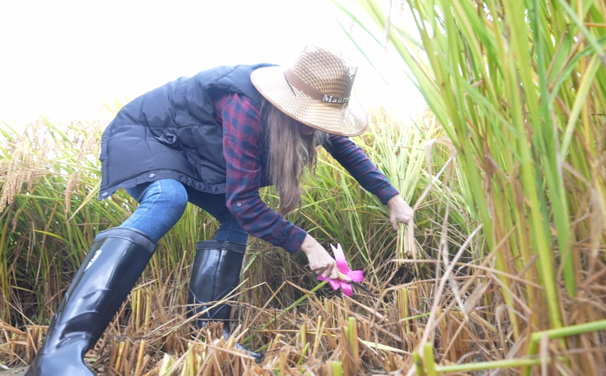Port cities asked to step up virus control efforts
China has ramped up COVID-19 containment measures in port cities following several domestic outbreaks triggered by infections imported via such cities, with the new Omicron variant complicating the fight against imported cases, authorities said over the weekend.
People leaving land ports in the country should provide proof of negative nucleic acid test results no older than 48 hours before departure. Cities connected to ports in the Hong Kong and Macao special administrative regions are exempt from the rule, the State Council's Joint Prevention and Control Mechanism said in a circular released on Saturday.
These requirements will stay in effect until March 15, according to the circular released on the National Health Commission's website.
The circular requires people arriving at land ports to undergo at least one test upon arrival. The number of tourists visiting these places should be capped, and precautionary alerts on the risk of the virus' spread should be conveyed to them, it said.
In order to minimize anti-virus measures disrupting the lives and work of border area or port city residents, local authorities are encouraged to set up a buffer zone where stricter virus control measures can be taken, it said.
"The top priority for China's disease containment work focuses on ports," Mi Feng, a commission spokesman, said during a briefing on Saturday.
The circular also requests high-risk workers and their families to undergo regular testing, accelerating the establishment of physical barriers along the border, cracking down on illegal crossings and stepping up monitoring over the cold chain sector.
Forty-nine confirmed infections were reported in China on Saturday, scattered in the Inner Mongolia autonomous region and Zhejiang and Heilongjiang provinces.
The outbreak in Inner Mongolia is concentrated in Manzhouli, a land port bordering Russia and Mongolia. Wu Liangyou, deputy director of the commission's disease prevention and control bureau, said the outbreak has so far spread to four provincial-level regions and is still developing.
In addition, infection clusters in Shanghai and Zhejiang and Jiangsu provinces, all in East China, are connected, he said.
Wu stressed that China will maintain its dynamic zero-case policy-meaning rapidly eliminating a new outbreak whenever it occurs-amid the serious pandemic and continuously emerging new variants.
"As New Year's Day and Spring Festival are approaching, the risk of the virus' spread is growing, and more targeted and scientific measures should be taken," he said.
Regarding the Omicron variant, Wu said research is underway to determine its transmissibility and whether it can evade immunity induced by vaccines or previous infections.
"But the new strain does not affect the sensitivity and specificity of current nucleic acid testing kits used in China," he said. "Our disease monitoring system is able to promptly detect imported Omicron cases."
Sinovac Biotech, a domestic vaccine developer, said on Saturday that it has managed to isolate the Omicron variant and obtain genome sequencing results. The company said it is now researching its inactivated COVID-19 vaccine's effects on the new strain and is evaluating whether it is necessary to create a variant-specific vaccine.
The commission said on Sunday that China has administered more than 2.6 billion doses of COVID-19 vaccine. As of Friday, China had fully immunized 1.16 billion people-82.5 percent of the population-and nearly 120.6 million had received a booster shot.
Zhong Nanshan, a renowned respiratory disease expert, said at a conference on Saturday that China is expected to reach an estimated herd immunity level-in which 83 percent of the population have received domestic vaccines-by the end of the year.

 China makes outstanding contributions to global energy transition
China makes outstanding contributions to global energy transition  Ningbo village inspires Malawi official
Ningbo village inspires Malawi official  A look at China's economic data in the first three quarters of 2024
A look at China's economic data in the first three quarters of 2024 


